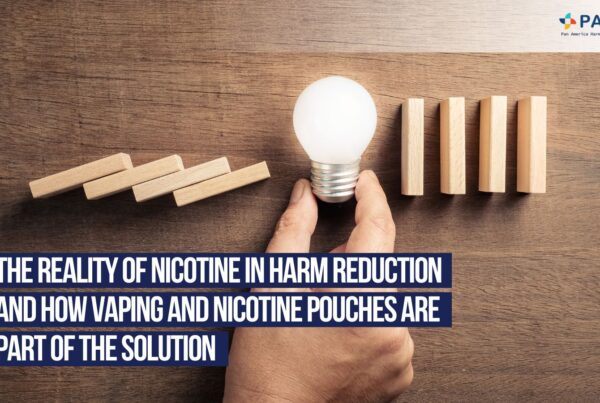
Pakistan has embraced a number of WHO-recommended anti-smoking initiatives. These include the placement of obvious health warnings on products and restrictions on advertisements across national television, radio, and print media. Notably, a substantial 90% of public spaces have also been declared smoke-free zones.
The extensive use of toxic smokeless tobacco (SLT) products remains prevalent, with 12.4% of the population using Naswar, despite an overall tobacco smoking rate of 13.1%. Notably, heart disease and stroke are still leading causes of death in Pakistan, and continue to be closely associated with tobacco consumption.
A recent report highlights the need for Pakistan to continue its existing tobacco control efforts while emphasising the integration of three additional essential practices. These measures, geared towards preventing 1.2 million premature Pakistani deaths, include the implementation of policies on tobacco harm reduction (THR), improvement in the accessibility of THR products, and greater access to diagnostics and treatment surrounding tobacco-related illnesses.
By making THR products more widely accessible and socially acceptable, it offers substitutes like vaping and oral nicotine pouches. Which, in turn, offers benefits for both tobacco smokers and users of smokeless products. The report highlights that approximately 6.2% of the population make use of e-cigarettes, emphasising the potential for success in the strategy of widespread accessibility.
In addition to this, prioritising early diagnosis and inexpensive treatment “should lead to rapid declines in highly preventable oral cancers” and will specifically address those that might otherwise have been discarded by the healthcare system.
However, the importance of these three crucial steps goes beyond Pakistan. While the report outlines the potential of lives being saved in Bangladesh, Kazakhstan, and South Africa, it also delves into the broader effect of these practices on the whole of Southeast Asia.
For further reading and understanding on this topic, access the full report here.
Tags
Popular Posts
Quick Links
Related Posts
 Paradigm Shift Needed In Pan America’s Approach to End Smoking
Paradigm Shift Needed In Pan America’s Approach to End Smoking
Paradigm Shift Needed In Pan America’s Approach to End Smoking
 Tobacco Harm Reduction Seminar in Brazil
Tobacco Harm Reduction Seminar in Brazil
Tobacco Harm Reduction Seminar in Brazil
 Systematic Review of Vaping Flavours | Dr. Konstantinos Farsalinos
Systematic Review of Vaping Flavours | Dr. Konstantinos Farsalinos





